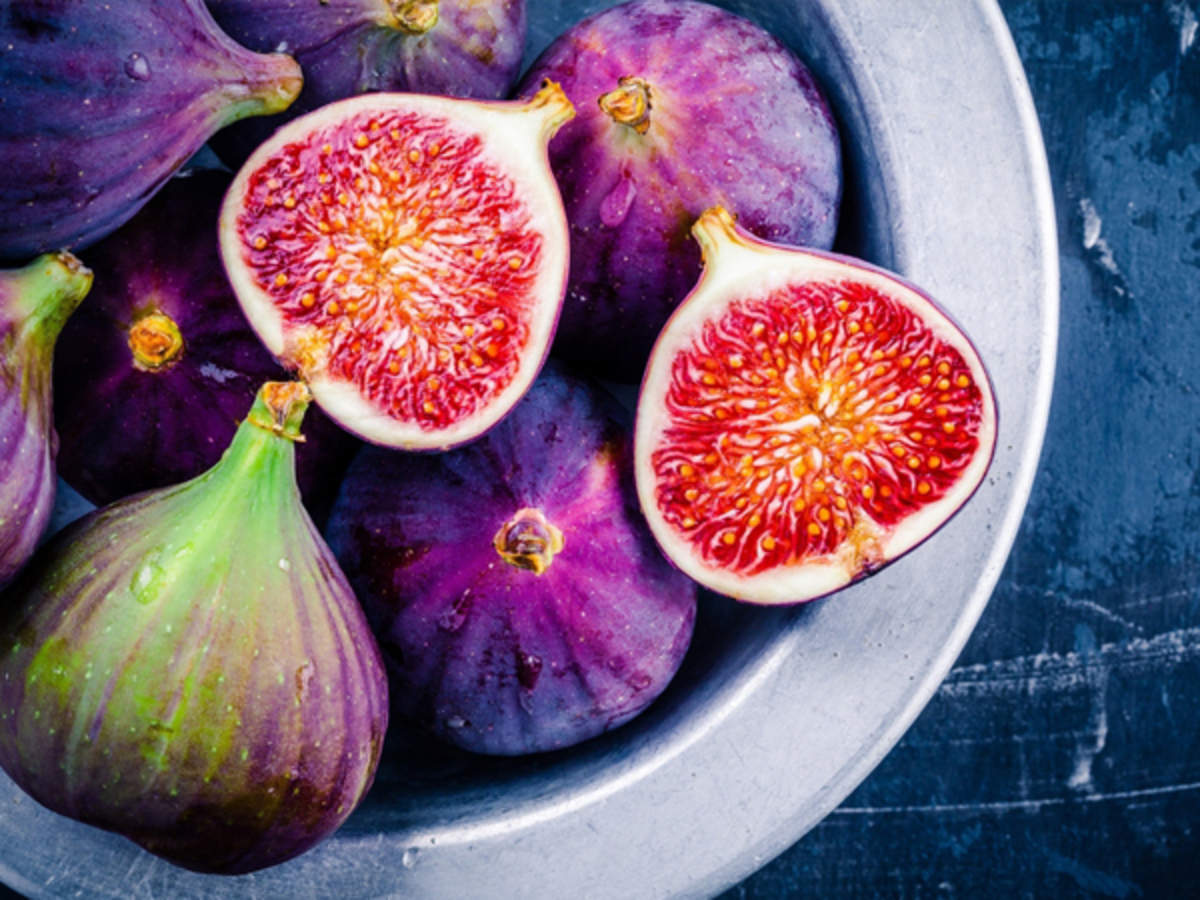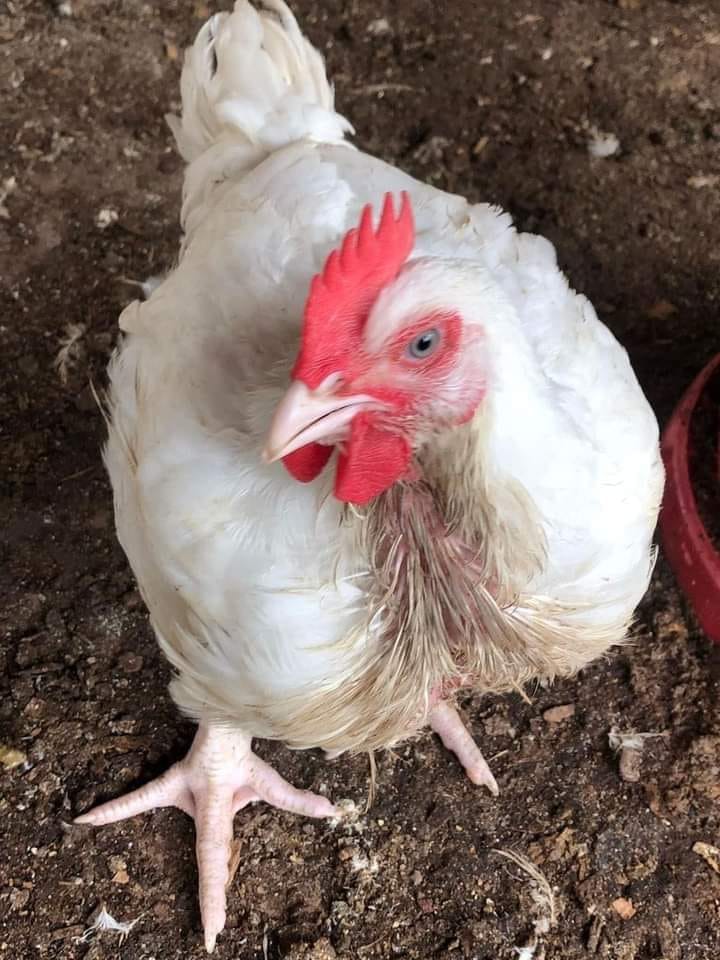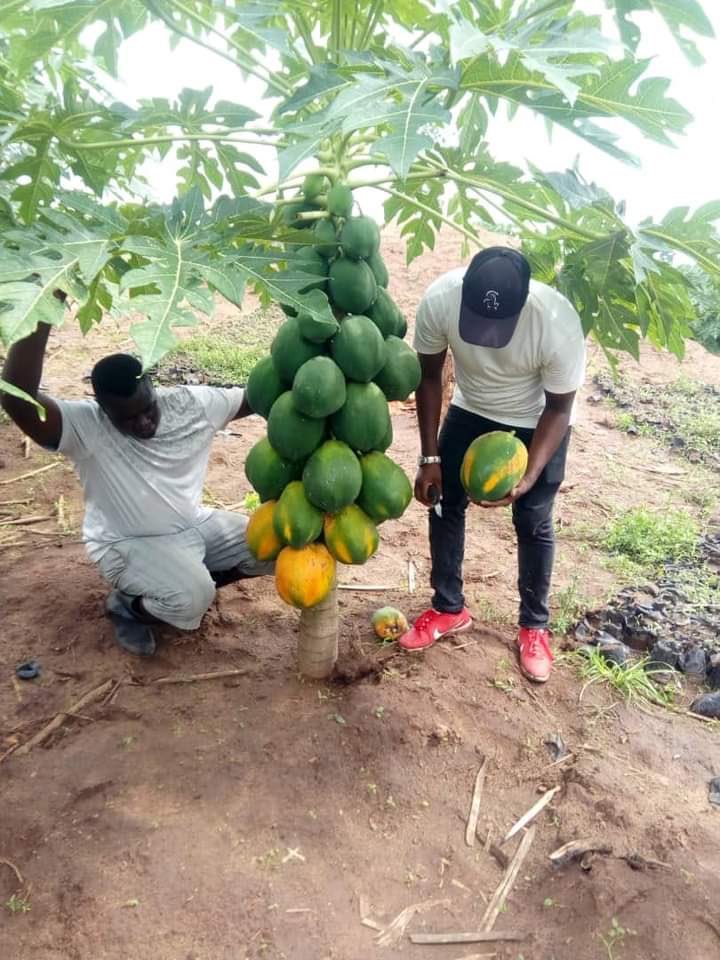Fig are a delicious and nutritious fruit that can be grown in Kenya. They are a great source of fiber, potassium, and vitamin K. Figs are relatively easy to grow, and with proper care and maintenance, they can produce high yields of fruit. In this article, we will provide a detailed guide on how to grow figs in Kenya.
Climate and Soil Requirements
Figs grow best in warm climates with plenty of sunlight. They can tolerate temperatures up to 35°C but prefer temperatures between 20°C and 30°C. Figs can also grow in areas with moderate rainfall, but they require well-draining soil to prevent waterlogging.
The ideal soil for figs is loamy soil that is rich in organic matter. The soil should have a pH of between 6.0 and 6.5. Before planting, it’s recommended to prepare the soil by adding organic matter like compost or well-rotted manure.
Choosing the Right Fig Variety
There are several varieties of figs that can be grown in Kenya. The most common varieties include:
- Black Mission: This variety produces dark purple figs with a sweet flavor. It’s a popular variety in Kenya.
- Brown Turkey: This variety produces medium-sized figs with a sweet, rich flavor.
- Kadota: This variety produces yellow-green figs with a mild flavor.
It’s important to choose a variety that is well-suited to the growing conditions in your area. Consult with a local agricultural extension officer or a nursery expert to determine the best variety for your region.
Propagation
Figs can be propagated through seeds, cuttings, or air-layering. However, the most common method of propagation is through cuttings. Cuttings should be taken from healthy, mature trees during the dormant season (between late winter and early spring).
To propagate figs through cuttings, follow these steps:
- Take a cutting that is about 30cm long and has at least three leaf nodes.
- Dip the cutting in rooting hormone and plant it in a container filled with a mixture of sand and peat moss.
- Water the cutting regularly and keep it in a warm, well-lit area.
- After a few weeks, the cutting should start to produce new growth.
Planting
Figs should be planted during the rainy season to help establish the trees. Before planting, prepare the soil by adding organic matter like compost or well-rotted manure.
To plant figs, follow these steps:
- Dig a hole that is twice the size of the root ball.
- Place the tree in the hole and backfill it with soil.
- Water the tree thoroughly.
- Mulch around the base of the tree to help retain moisture.
Care and Maintenance
To ensure healthy growth and high yields, fig trees require regular care and maintenance. Here are some tips:
- Watering: Figs require regular watering, especially during the dry season. Water the trees deeply once or twice a week.
- Fertilization: Figs require regular fertilization to promote healthy growth and fruit production. Apply a balanced fertilizer every six weeks during the growing season.
- Pruning: Prune fig trees during the dormant season to remove dead or diseased wood and to shape the tree.
- Pest and disease control: Figs can be susceptible to pests and diseases like fig rust, fig mosaic virus, and fig beetles. Consult with a local agricultural extension officer or a nursery expert to determine the best pest and disease control measures for your area.
Harvesting
Figs should be harvested when they are fully ripe. Ripe figs will be soft to the touch and will have a sweet aroma. To harvest figs, gently twist the fruit until it detaches from the tree






I would like to more about it
I come from Nakuru country, can it do well in Nakuru
Please can I get fig fruits
Yes, contact 0712075915 to order